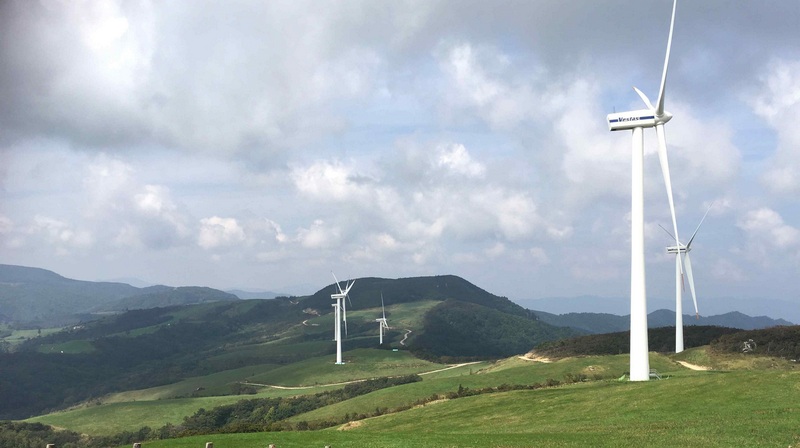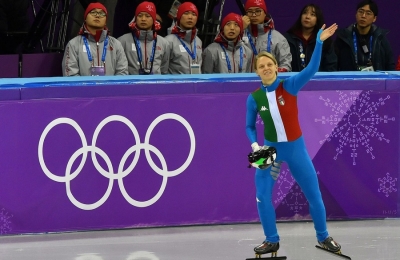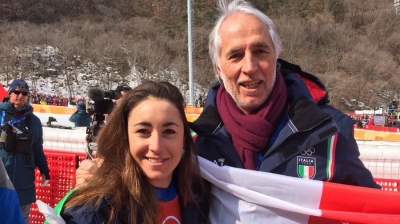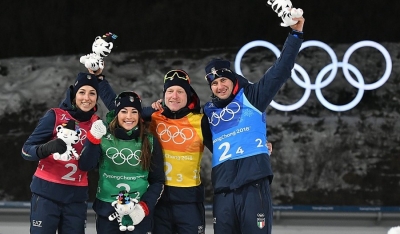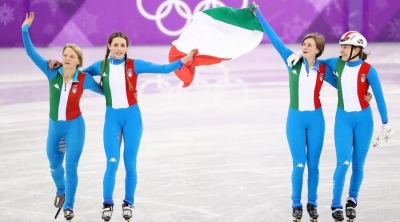The Sustainability Report for the PyeongChang 2018 Olympic and Paralympic Winter Games was released today to show the latest efforts and achievements by the organizing committee to deliver a Games that has the vision of ‘New Horizons for Sustainability’.
The report covers the period from 01 July 2015 to 30 June 2016 and it prioritizes key issues derived assessments to provide practical information to all stakeholders.
The PyeongChang Organizing Committee for the 2018 Olympic and Paralympic Winter Games (POCOG) has put five themes into action, namely Low Carbon Green Olympics; Stewardship of Nature; Good Life; Proud People with Tradition and Culture; and Globalizing PyeongChang: Opening to the World.
To ensure the delivery of all actionable items, a sustainable management system has been established that plans and monitors all of the initiatives. The themes are broad and cover environmental, economic and societal spheres of the Games.
To break this down into more detail we can look at some specific examples.
- Environment: Low Carbon Green Olympics: establish recycling infrastructure; sustainable construction; strengthen cooperation network; self-efficient renewable energy; establish green transportation; minimize carbon emissions.
- Stewardship of Nature: Ensure biodiversity; restore damaged nature; build water supply infrastructure; purify polluted water
- Society: Globalizing PyeongChang: Maintain safety and security in Korea; comply with international standards and promote sustainability activities
POCOG President Mr. Hee-beom Lee said, “The international community has set forth sustainable development as a new paradigm for humanity to face unseen challenges due to climate change and resource depletion, and the Olympic and Paralympic Games is expected to take a leading role in realizing sustainability.
“We will spare no efforts to enhance the status of Korea in every aspect, and provide a global venue where global citizens stay connected with passion throughout and beyond the PyeongChang 2018 Winter Games.”
For the first time in the history of the Winter Games, POCOG has been awarded the ISO20121 – an international standard for the establishment of a work system that minimizes the burdens to local communities while maximizing positive impacts. They follow in the footsteps of the two previous Summer Games in London and Rio to get this certification.
Highlights of the projects in 2015 include the compilation of a greenhouse gas inventory report that catalogues the sources of greenhouse gas emissions throughout the entire period of the Games, and a workshop that was conducted to plan the supply of green vehicles during the Games.
In 2016, key milestones included the Winter Dream Programme where 175 youths from 44 countries experienced winter sport training, lectures and learned about the history and culture of the PyeongChang area. This annual Programme since 2004 has so far hosted 1,749 participants from 80 countries worldwide. Other projects were the opening of the Daegwallyeong Healing Forest; and the publishing of the environment education material by the Ministry of Education, Gangwon Municipal Institute for Study of Nature and the Korea Climate Change Response Research Centre.
Mr. Taechul Rhyu, Director General of Environment at POCOG said, “We are very proud of this interim report showing what has been planned and achieved to date. POCOG is very passionate about delivering a sustainable Games and through our five themes we are able to focus our team on the key areas of delivery to ensure tangible results and a lasting legacy for the province and its people.”
POCOG aims to host “O2 plus Winter Games with low-carbon and resource circulations” and pivots around a low-carbon green Olympic Games as the main pillar of environmentally-friendly Games. POCOG will also continue to stretch its efforts to lower impacts on the environment while preparing for PyeongChang 2018.
The top priorities for POCOG include finalizing the legacy plans for all venues (10 of 12 are confirmed to date); building green transport infrastructure; managing damaged areas and using renewable energy in venues.
Using renewable energy in venues is a good example of some of the work being done. New venues are designed to use renewable energy generated from geothermal and solar power plants to maximize energy efficiency while reducing greenhouse gas emissions. In order to achieve independent electricity generations from renewable sources, extra wind power generation facilities will be placed in addition to the existing ones to generate enough electricity required to host the Winter Games.

